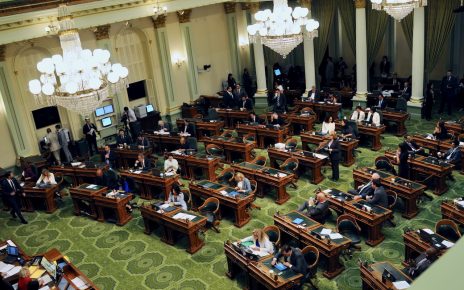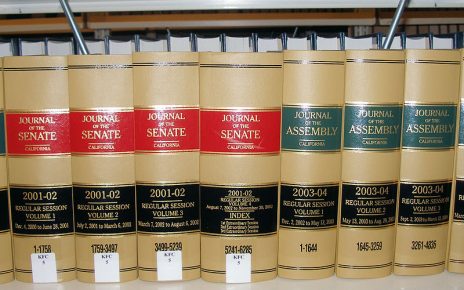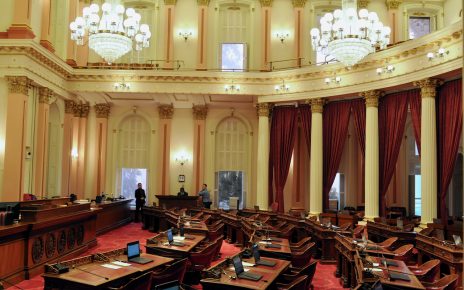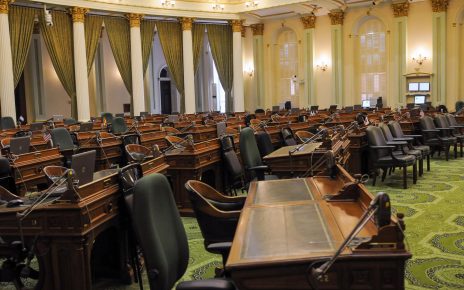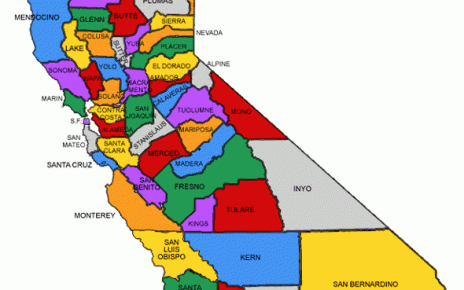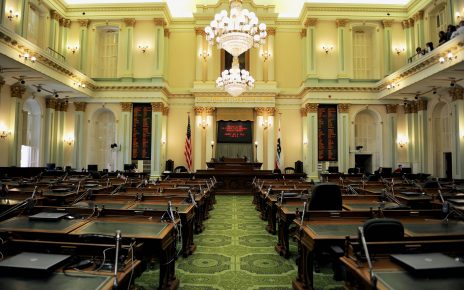Sending or Withdrawing Bills from the Floor
In the California Legislature, generally committees deal with legislation before passing measures to the Floor of either the Assembly or Senate. However, there are rare instances where legislators choose to return a bill to committee when it is pending on...

